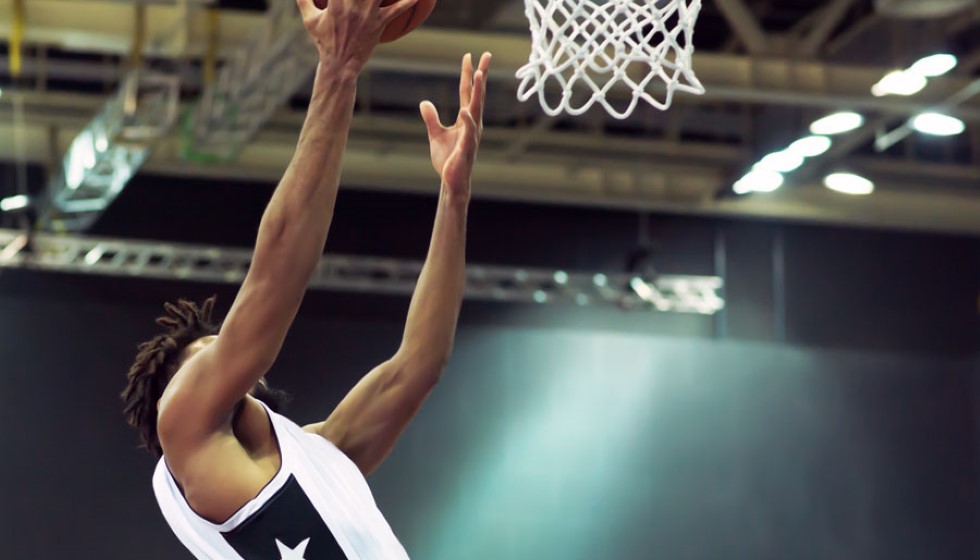
In the chest-thumping world of professional basketball, adaptability and shifts in strategy are often as crucial as raw talent and athleticism. The Philadelphia 76ers find themselves in this conundrum currently navigating a stretch without their marquee player, Joel Embiid, and backup center Andre Drummond. Head coach Nick Nurse's ingenious solution has been to experiment with smaller lineups, a tactic that some of the league's juggernauts, like the Boston Celtics, have embraced with varying degrees of success.
Embracing Change
With Embiid sidelined, the Sixers have handed the starting center position to Guerschon Yabusele while having Adem Bona anchor the second unit. Yet, in an interesting twist during a 123-115 loss to the New Orleans Pelicans, Nurse opted for a centerless formation. This unconventional lineup included the adept Tyrese Maxey, explosive Ricky Council IV, versatile Kelly Oubre Jr., and dynamic Caleb Martin, all orbiting around the 6-8 swingman Paul George.
Paul George's involvement adds a layer of intrigue. Renowned for his perimeter defense, the versatile forward stands at 6-8 with an impressive 6-11 wingspan, making him a defensive nightmare for opposing offenses. His experience and adaptability provide the Sixers with a unique tool to stymie top-tier wing players. However, playing in this capacity has offered George more of an inside view of the challenges that come with defense in the paint—a challenge he meets with his characteristic mix of grit and flair.
The Challenge of Unorthodox Play
Paul George openly shares the complexities and monotony of operating under this new system. "It's different. I'm used to scrapping and running around and chasing and fighting through screens," he explains, hinting at the energy and tenacity that usually define his game. Moving away from matching up primarily against nimble perimeter players to occasionally assuming duties typically reserved for a traditional center seems to have brought about an unusual level of monotony for him. "To be honest, I'm bored playing on a 5. It just don't do enough for me," George remarks candidly, expressing a desire for the dynamic challenges posed along the perimeter. "I enjoy chasing the little guys and matching up against wing offensive players," he adds, exuberantly summing up his proclivities.
With Nurse’s small-ball strategy, the Sixers are attempting to offset their lack of height with speed and defensive versatility, a tactic that requires buy-in from every player on the court. The approach challenges every assumption traditional basketball strategy rests on, and uncertainty over its ultimate efficacy is palpable.
The Broader Strategic Landscape
In their quest for flexibility, the 76ers are not alone. Around the league, adaptable formations are gaining traction. The Boston Celtics have displayed impressive agility with similar strategies, showing how a departure from size-centric rosters can unlock new avenues on both ends of the court. For Philadelphia, the absence of a robust presence like Embiid places added pressure on players like George to step beyond their traditional roles, reshaping their approach to both defense and offense.
These smaller lineups are tests of resilience and ingenuity, forcing coaches and players alike to delve deep into their strategic playbooks. How effectively the 76ers manage this period without their star center will undoubtedly shape narratives for their season. It’s a time of experimentation and growth, with the squad placing its bets on speed, adaptability, and the indomitable will to overcome. As the team continues to adapt and evolve, every game becomes a demonstration not just of skill, but of the courage to explore uncharted territories in the basketball sphere.
Thus, while the challenge of playing without a major player like Joel Embiid cannot be overstated, the 76ers' journey epitomizes the perpetual evolution inherent in professional sports. They're not just playing for the current standings but actively shaping the future of the sport, one unconventional lineup at a time.